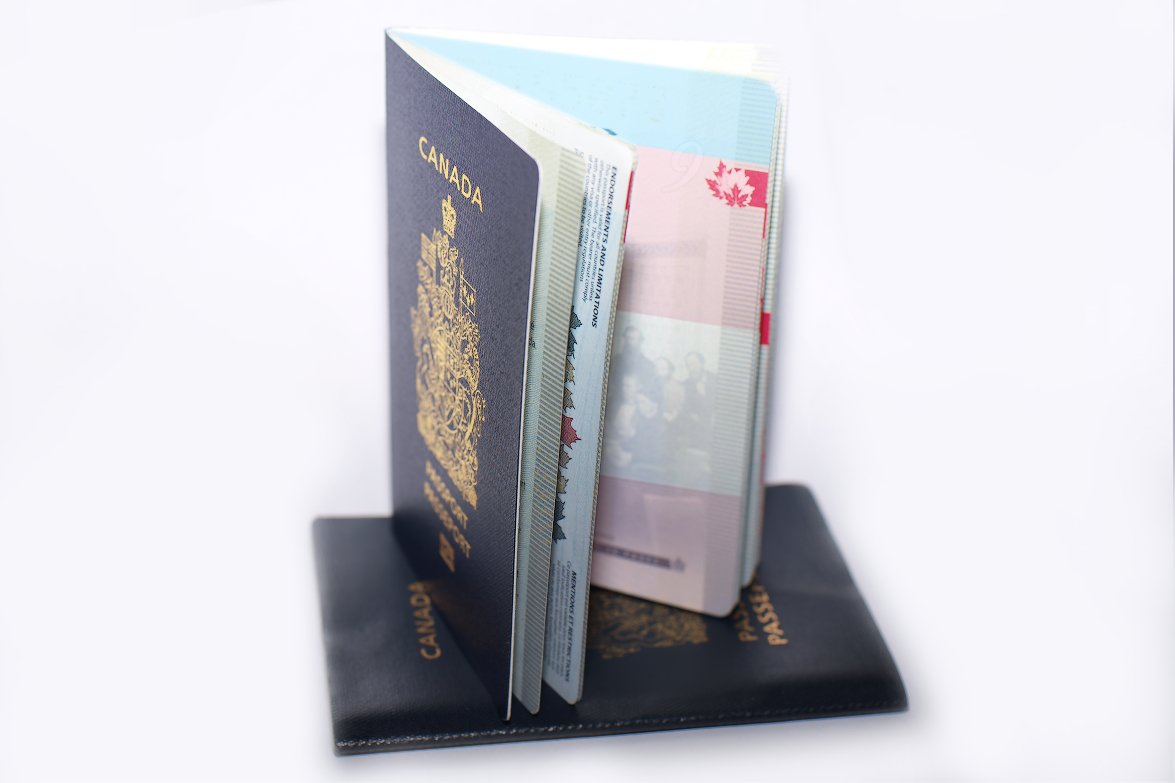The federal government’s new gender-neutral “X” option on Canadian passports is not the best strategy for transgender and non-binary people, some advocates tell Xtra. They would rather see gender markers banned from Canadian passports altogether — and they think they know how to do it.
The new “X” option was announced on Aug 24, 2017, when Minister of Immigration, Refugees and Citizenship Ahmed Hussen announced “interim measures” coming by the end of the month that would allow Canadians to mark their gender as unspecified on their passports, instead of simply “M” or “F.” Eventually, the ministry says, it will allow Canadians to choose new passports with an “X” gender marker, which it says lines up with the gender expression rights protected in June in the new trans-rights law.
The problem, says barbara findlay, a Vancouver lawyer who has advocated to take gender off birth certificates and health cards, is that the new “X” marker will broadcast trans and non-binary people’s gender identity, even in countries such as Russia or Singapore where being out as transgender could be dangerous.
“Non-binary trans people in particular are faced with a horrible choice,” she says. “Either they have to pick a traditional gender marker that doesn’t accord with their identity, or they have to travel to hostile countries with an ‘X’ marker, which puts a target on their forehead.”
“It’s simply nobody’s business what my gender is. Nobody needs to know but me,” agrees Morgane Oger, chair of BC’s Trans Alliance Society. “We need to consider carefully the consequences on the individual of having an identity on a document that can be used against us.”
The trouble is that Canada cannot unilaterally choose to stop including sex on passports. As a signatory to the United Nations’ International Civil Aviation Organization (ICAO), Canada is bound to follow international rules for passports, which include a sex field with either an “F,” “M” or “X” for “unspecified.” A few other countries, including Germany and New Zealand, already allow the “X” on passports, but all documents must include one of these three options.
So what could Canada do?
It’s very simple, findlay says. There’s no reason why Canada could not give all its citizens an “X” designation, effectively obscuring the gender of all Canadians on their passports. In the age of biometrics, thumbprints and retinal scans, she says, there’s simply no reason why governments need to know people’s gender to identify them anyway.
Rory Vandrish, a transgender activist who works with the Gender Free ID Coalition, says a universal “X” would be the second best option behind abolishing gender from identification altogether. The “MFX” option is a distant third, followed by the traditional gender binary.
“If we took the universal X, we would send a strong message saying we won’t compromise Canadian values of inclusivity just to accommodate international regulations that put trans people in harm’s way,” Vandrish says.
That would give plausible deniability for trans Canadians, Vandrish says, “until the United Nations gets its act together and gets rid of gender on passports.”
Xtra contacted ICAO to ask if findlay’s idea is plausible. A spokesperson replied by email reiterating the rule requiring either an “M,” “F,” or “X” and saying, “I’m afraid we can’t comment on what essentially amount to hypothetical opinions . . . We would also not be authorized to consult on the full legal/technical/political aspects at play in your question.”
A 2012 position paper produced by ICAO shows the organization has floated the idea of removing gender from passports before. The paper concludes that the change would be too expensive, but suggests the question be reopened in future.
Adrienne Smith, a Toronto immigration lawyer who focuses on transgender issues, says it’s unlikely the Canadian government would implement findlay’s plan, but says now might be the moment to push ICAO to change its rules.
“I think the timing is now,” she says. “With the change of identity documents that is sweeping through all levels of government, I think the timing is right.”
Whether the solution is to stamp an “X” on all Canadian passports or to push ICAO to change its rules, findlay, Vandrish and Oger all agree that the federal government’s new proposal would not be their first choice.
“The policy they’re bringing forward is unimaginative, and solves bureaucratic hurdles without actually improving safety,” Vandrish says. “It almost seems like a branding play.”
“We think that gender should be treated as all other personal characteristics, as personal and private,” findlay agrees. “And that the state shouldn’t be certifying our gender when we’re born.”
Immigration, Refugees and Citizenship Canada says it will post information about its new passport rules Aug 31, 2017.


 Why you can trust Xtra
Why you can trust Xtra


